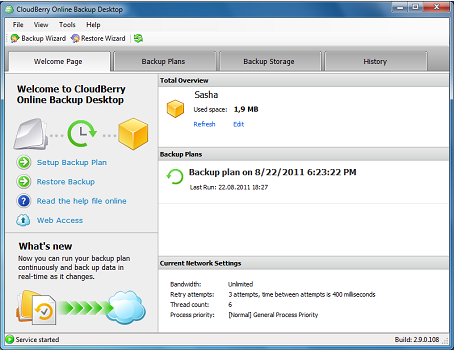

It has some (at this time) unique features, like a write-once setup so files won't be overwritten by accident

glacier has reasonable tools on the aws site to calculate cost etc, however, even getting an index of your files takes 4 hours, which can be annoying.Update (because I don't think this is a full answer) after trying nearline and comparing to a friend trying glacier: Is there anything else to consider, anything I've missed? Hidden costs, things that would make using this difficult. Some backup solutions like cloudberry seem to support only s3-with-glacier, making me wonder what is the reason behind that.Docs on s3-with-glacier seem to suggest there will be some storage on s3 as well (to store the data about the file being in Glacier, if I understand correctly), it's not clear to me how much that will add to the cost.Some sites seem to suggest getting a list of files in folders from glacier-without-s3 is difficult (or costly?).Google Nearline seems to be only marginally more expensive though, and maybe somewhat simpler in use? I'd appreciate any experience on the difference between the 2 in practice.įor Glacier, I'm now wondering: should I look at using it directly or through S3? What are the consequences for both? This is backup, so I hope to not need to retrieve it, therefor (reasonable) costs and time for retrieval are not an issue.īecause Glacier seems to cost slightly less in storage (0.007$ vs 0.01$), I looked at that mostly so far. I'm aiming to store pictures and video, about 110G currently. I would prefer manually uploading stuff (instead of an automated backup solution). I'm looking to use AWS Glacier for personal backup, or the similar 'Nearline storage' from Google.


 0 kommentar(er)
0 kommentar(er)
